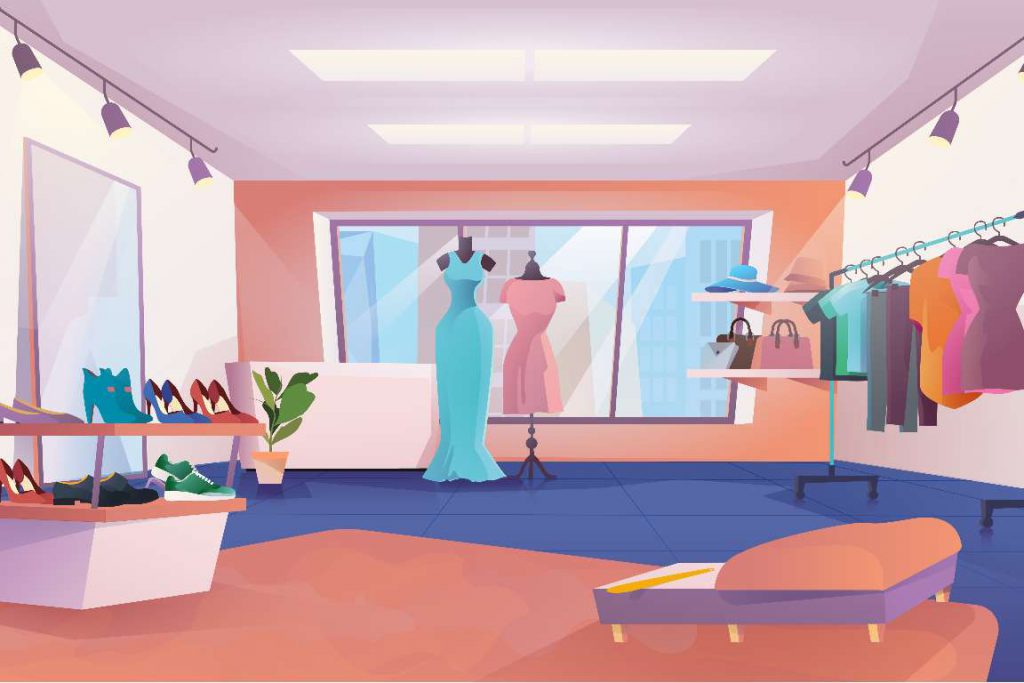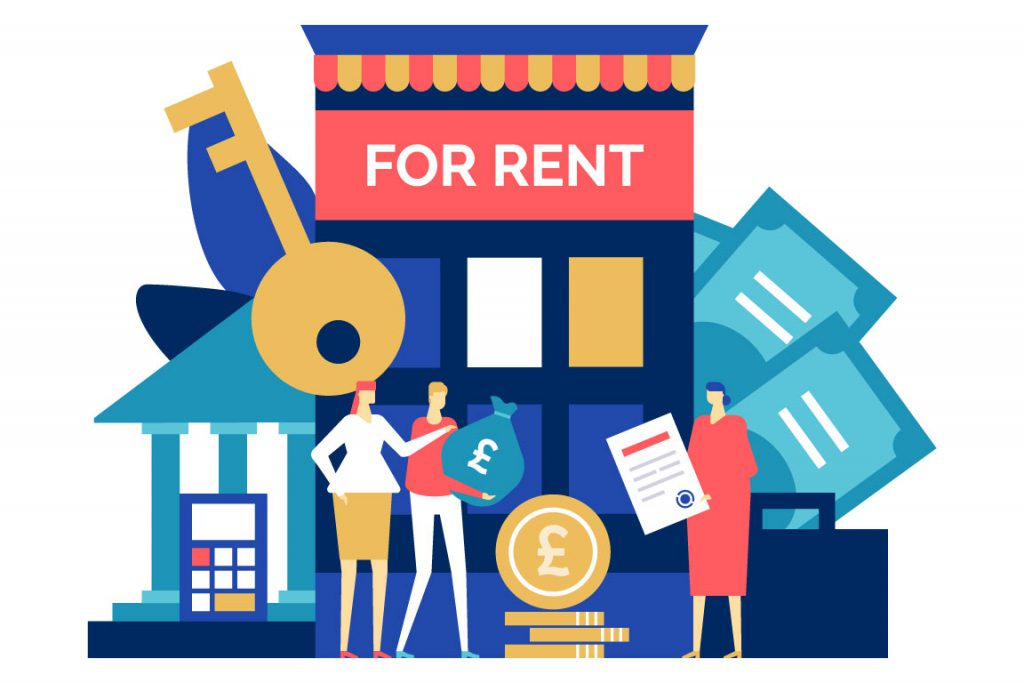Also referred to as retail schematics or shelf-space plans, planograms are a tool that retailers use when planning their store layout, placing special emphasis on their point-of-sale (POS) locations and product placement. As one of today’s leading retail EPOS providers, Eurostop wanted to detail how a planogram can help streamline your processes and boost your bottom line.
How are Planograms Used?
Firstly, it’s important to understand precisely how planograms are used in the retail management process. Planograms are most often used by larger retailers with ample floor space and storage in their brick-and-mortar stores, however, even if you’re not a large franchise or big-box company you can still draw inspiration from them to help you organise your products and services. Some of the most important aspects of a planogram include showroom organisation, product packaging dimensions, product turnover, and shelving layout.
There are six different types of planograms that you can take advantage of, such as:
- Product placement based on margins
- Product placement based on commercial status
- Product placement based on market share
- Vertical product placement
- Block product placement
- Horizontal product placement
The right one for you will depend upon your needs, the layout of your retail stores and what you hope to accomplish with your planogram.
What Are Some of the Benefits of Retail Planograms?
When it comes to your retail stores, using planograms for management and planning purposes offers a host of benefits including:
-
Maximising Your Space
One of the foremost advantages of using planograms is that they help you get the most out of your valuable retail space. Ensuring your space is well-organised means that you’ll be running a cost-effective business and helping offset rental costs. Additionally, it enables more effective inventory control and management, as well as provides those that work with third-party vendors rules and guidelines for the space they’re allotted.
-
Maximising Sales
The main goal of any retailer is to find innovative ways to increase sales in an easy, efficient manner. Planograms enable you to do exactly that by providing key metrics for your sales and the success of your product display strategies. By implementing planograms over the long term, you can gain insight into what type of product placement works best for your customers and gets you the most returns. It enables the knowledge needed for strategic product placement, such as displaying more expensive items at eye level to attract the consumer’s attention.
Planogram Compliance & Resets
Before going any further and creating your own planogram, it’s important to understand what planogram compliance means, as well as what a planogram reset entails. The former is quite simple, it means sticking to the plan laid out by your planogram; the latter is when a retailer implements a new planogram that requires extensive layout and display changes.
Creating Your Own Planogram
There are several ways you can create your own planogram. The right one for you will depend upon your retail goals and the processes you already have in place. The three best ways to execute a successful planogram are to:
- Use Planogram Software: There is a variety of planogram software available for retailers that want to try their own approach to the process. Some offer free services limited by the number of products, and there are also paid planogram programs that provide more extensive solutions and are designed to be user-friendly and easy to implement.
- Consult with an Expert: There are many consultants that specialise in creating planograms for every type of retail establishment. For companies that don’t feel it’s necessary to hire an in-house planogrammer for their needs, hiring a third-party one can often provide great results and be more economical. Many employ tactics like behavioural research and buyer persona analysis to provide the best results.
- Hiring a Planogrammer: A dedicated planogrammer performs services specifically based on your sales goals and customer behaviour. They’ll be able to create a customised retail planogram specifically for your business and goals. Additionally, they’ll also have the insight and visual merchandising expertise to make your retail establishment a success.
Key Components of Your Planogram
There are some important things to include in a comprehensive planogram. You’ll also need to be able to read it properly if you didn’t create it yourself and instruct your staff on its execution. Firstly, your planogram should include dimensions for your entire store, such as shelves, aisles, and displays. Be precise about what type of display will be used for each section, whether it be slat walls, bins, or other fixtures.
Additionally, your team should be aware of what products go where. You should be as detailed as possible and include everything from sizes, pricing, and packaging to shelving details. Always make sure that your team understands your planogram and how it can provide them with insight into how to best help the customers that visit your store.
Contact Eurostop today for retail EPOS solutions, inventory control, and more
When it comes to helping your retail establishment excel, Eurostop offers a host of tailored solutions for your needs. We provide inventory control solutions to manage your merchandise, mobile POS solutions, business insight and reporting software, and more.
Our clients range from independent retailers to large companies with more than 12,000 locations, all around the world. Contact us today for a no-obligation demonstration or call +44 (0) 208 991 2700.






